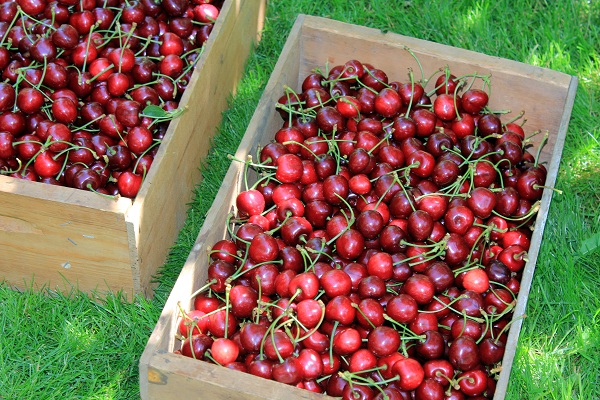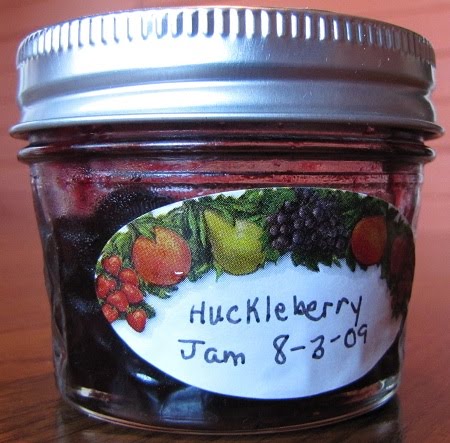According to Flathead Lake Cherry Growers, the first cherry trees planted in Montana were in 1866 by a man named Thomas W. Harris. They were planted in the Bitterroot Valley, which is located about 170 miles from here in Kalispell which is in the Flathead Valley. Growing cherries in the Bitterroot Valley ended, however, by 1920, as cherry growers finally gave up as cattle ranching was favored.
Everything worked out for the best, though, as it was discovered that the Flathead Lake Region had a more favorable climate for growing cherries. The lake helps to moderate temperatures keeping the east shore of Flathead Lake warmer and more conducive to growing cherries.
One of the oldest orchards in the Flathead belonged to Harry Chapman who had settled here in 1893. His ranch named “Bear Dance Ranch” was on the east shore of Flathead Lake. Another interesting fact, about the commercial cherry business in the Flathead Valley, is that the first cherry packing plant was in Kalispell. The plant was later moved to Finley Point, just north of Polson, making way for the Kalispell Center Mall.
Here are some quick facts about cherries:
Cherries are drupes, which means stone fruits, and are related to plums or more specifically to peaches and nectarines.
- Cherries are grown in several regions of the United States, but 70% of the cherries produced come from 4 states (Utah, Idaho, Washington, and Oregon).
- The Bing cherry is the most popular sweet cherry with the Montgomery being the favorite sour one.
- Cherries are high in antioxidants and make a delicious healthful snack.
A couple varieties of cherries, Rainiers and Lamberts, are grown here in Northwest Montana. The sweet Lambert is my favorite, and it is so good, that my husband with his discriminating taste buds has taken to eating them all season.
Recently, we picked 42 lbs of fresh cherries from a grove in Lakeside, (I would not go to this grove again which is on the west side of the lake; cherries were all over the ground under the trees, and bees were swarming everywhere) in which we canned and made jam.
If you would like to know more about canning check out Ball’s fresh preserving website.





